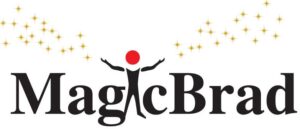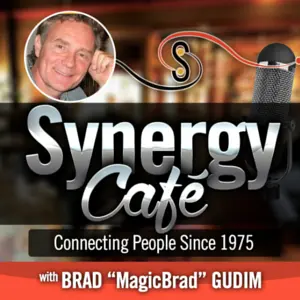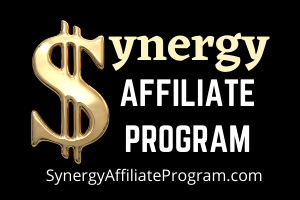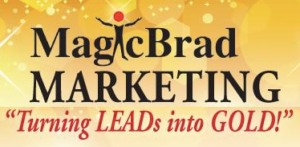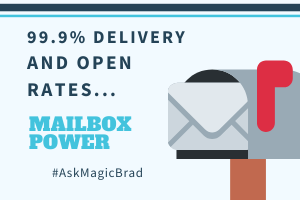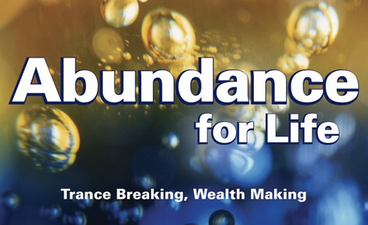I am hoping you have heard of the Cash Flow Quadrant.
The Cash Flow Quadrant will help you understand why you might be living paycheck to paycheck.
MagicBrad Presents on Robert Kiyosaki’s Cash Flow Quadrant and the areas of the Employee, the Self-Employed, the Business Owner and the Investor. (Get more Business Education with the 21 Steps Course)
WATCH VIDEO – CLICK HERE
Have you heard of the CASH FLOW QUADRANT?
The Cash Flow Quadrant was popularized by Robert Kiosaki, author of the book Rich Dad, Poor Dad. The quadrant covers 4 levels of occupation starting with the Employee, then the Self-Employed, then the Business Owner and finally the Investor.
I’ve gone through, and re-visit all of these phases occasionally.
Each quadrant offers a different lifestyle of time freedom, and each quadrant requires a unique mindset. The Employee is content, with working for an hourly wage and climbing the ladder of success.
The Self-Employed person, has a desire for building their own dream and is willing to give up the security of a regular paycheck, to be in more control of income growth.
The Business Owner has more ambitious goals and is ok with hiring (and firing) employees, managing people, maintenance of equipment, and merchandise and the plethora of other tasks involved. Owning your own business can be financially rewarding but comes with a lot of responsibility and stress.
The Investor is a person that understands leverage, compounding and scaling. They use their time, money and energy to create more time money and energy with systems and processes. This can create that “passive income” that so many people desire, but do not have the mindset for.
Each of these areas of the Cash Flow Quadrant require a unique mindset and different elements of education and knowledge. There really is no simple path to independent wealth but there is a “first step” that leads to many more steps along the path of wealth creation and financial freedom.
I’ve recently become more interested in these 4 phases of lifestyle occupation, so I will be creating some more video content on MagicBradTV on my interpretation of each quadrant and how and where I have experienced them in my occupation of time and energy.
Perhaps my experience will be of service to you on your lifestyle path.
As always… feel free to connect with me on my plethora
of “Social Media Real Estate”. (Just Google keyword “MagicBrad”)
OR… let’s connect in-person or grab a “virtual coffee”
at “My Synergy Cafe” (search it on Facebook)
Event-fully Yours,
BRAD “MagicBrad” GUDIM
www.MagicBradPresents.com
